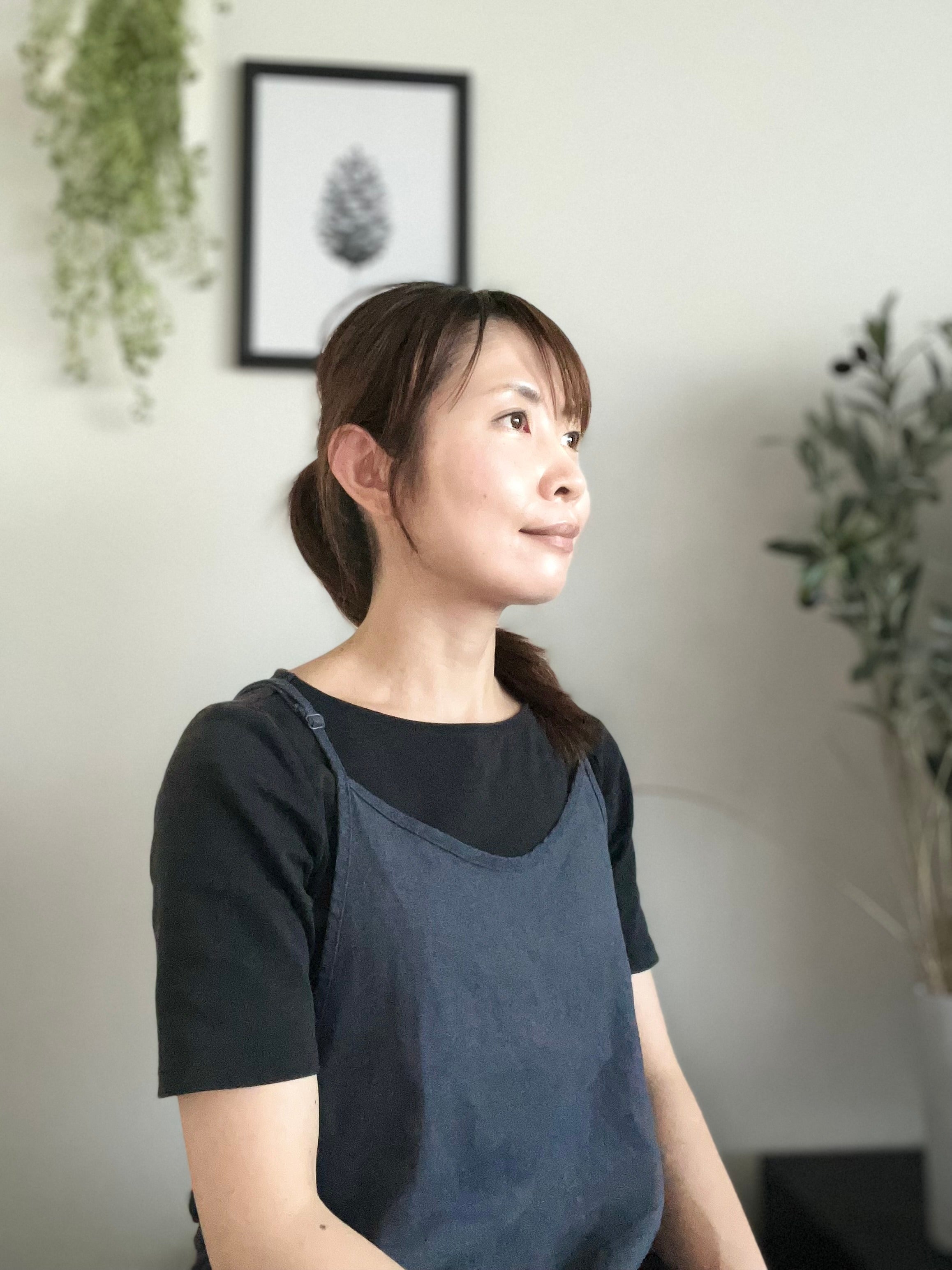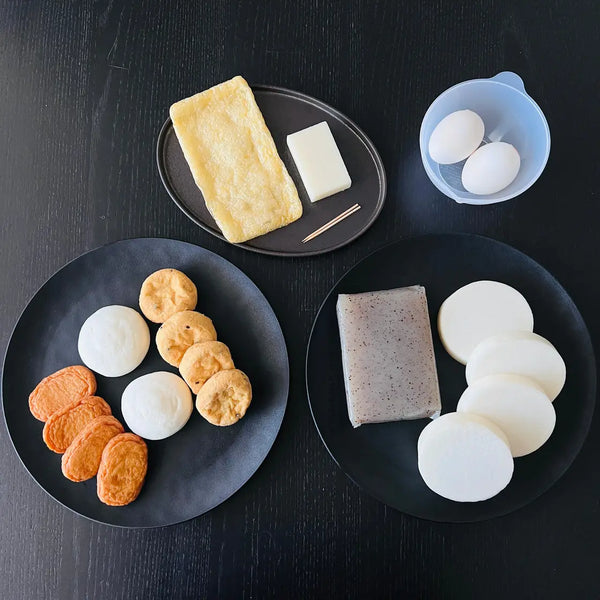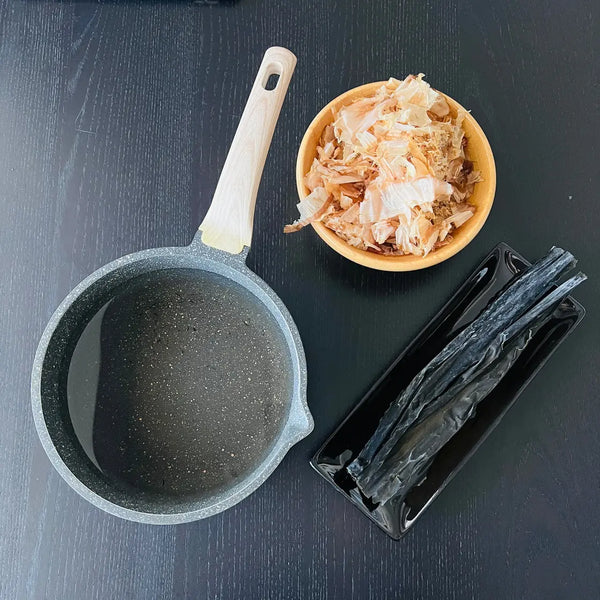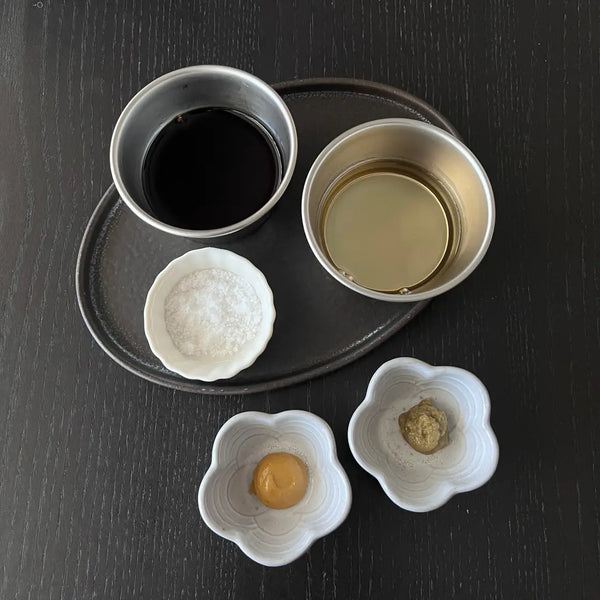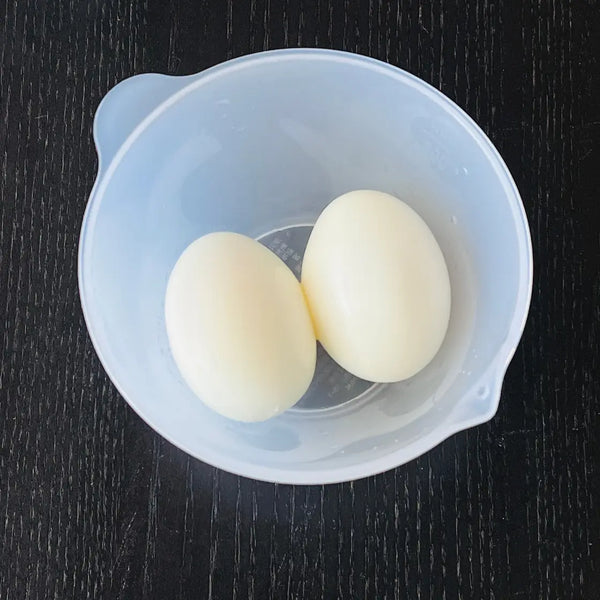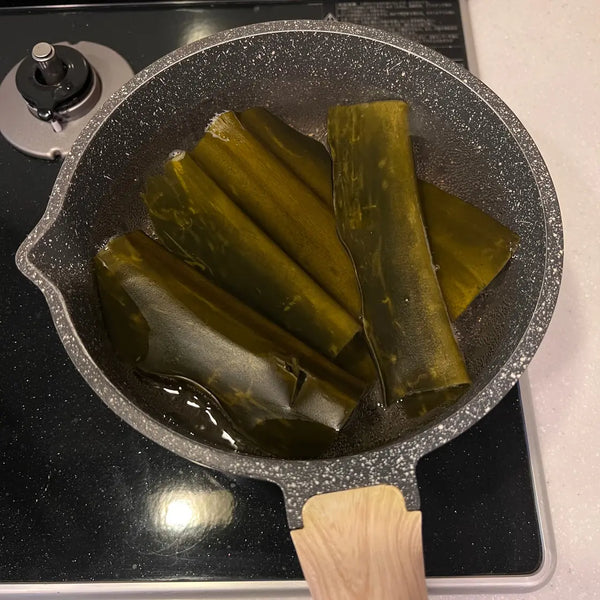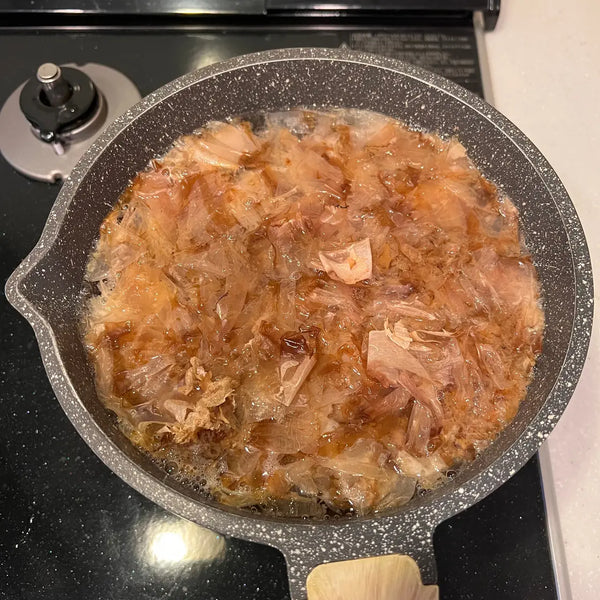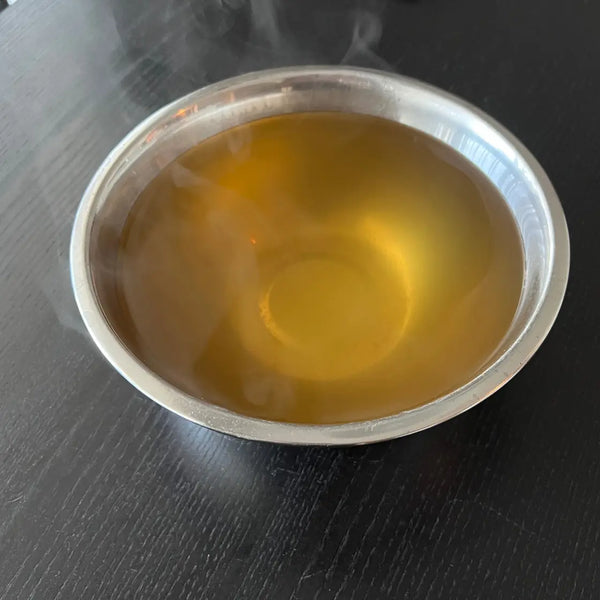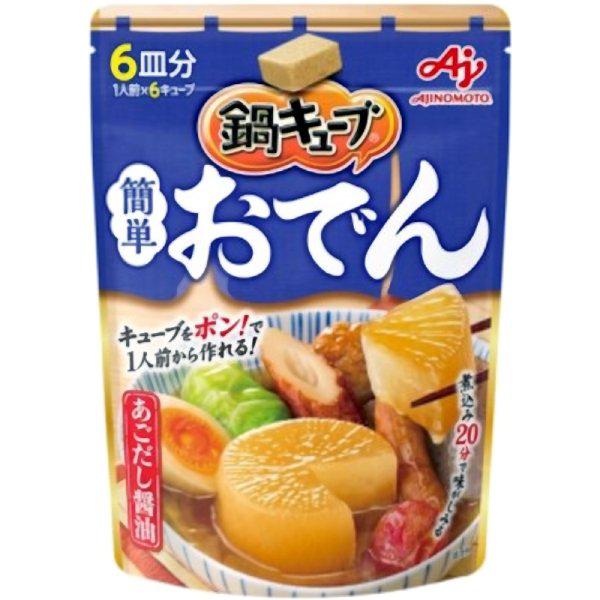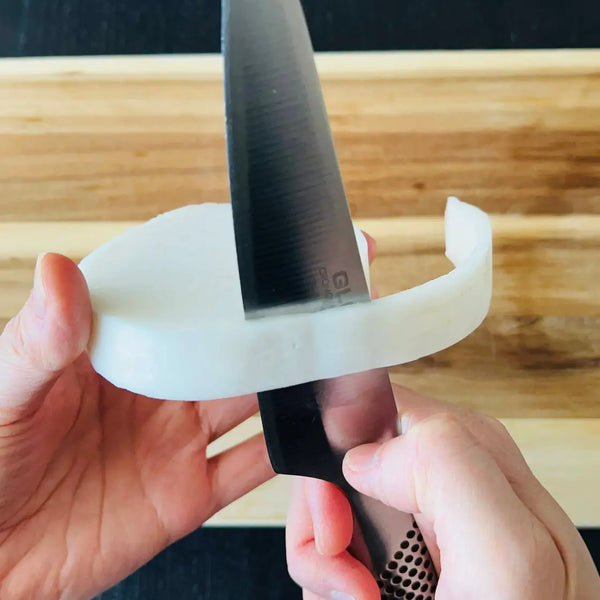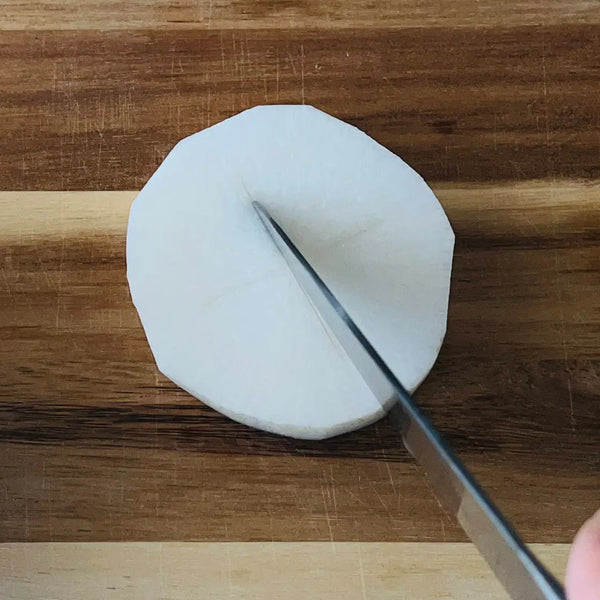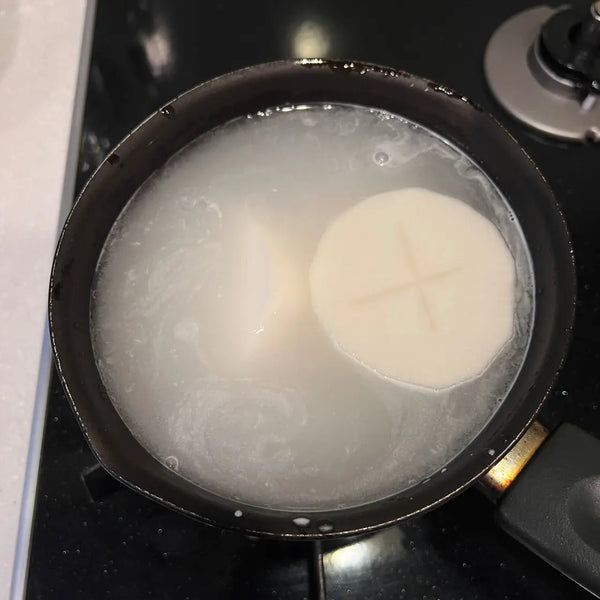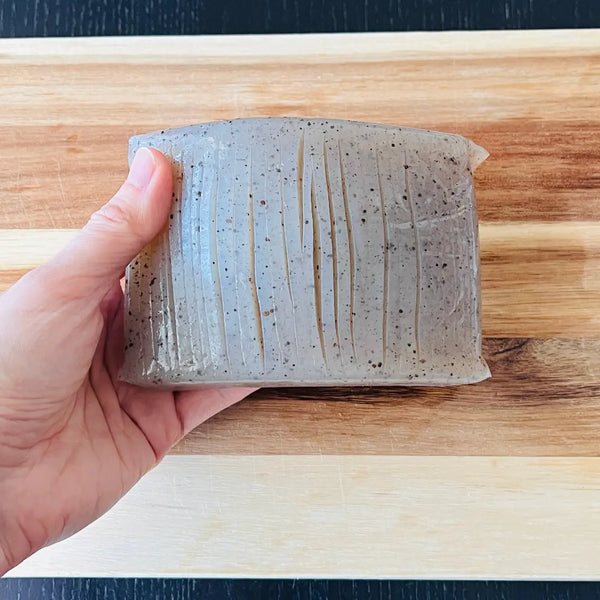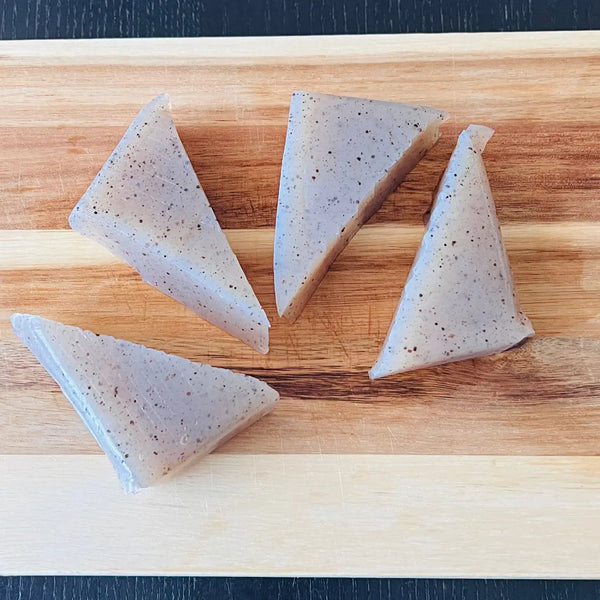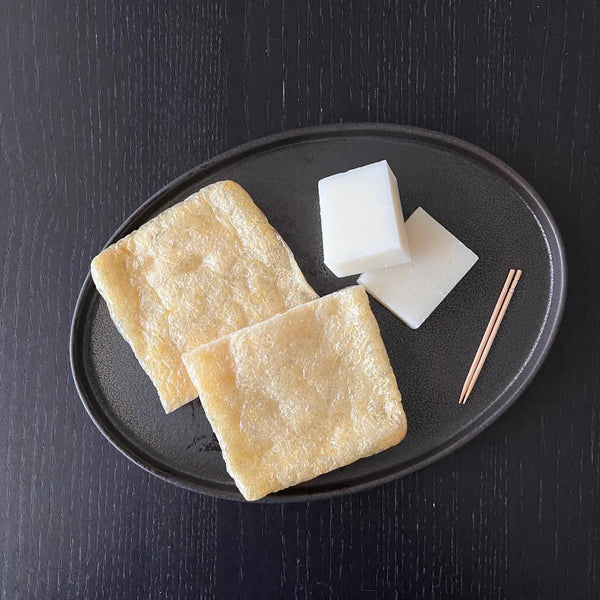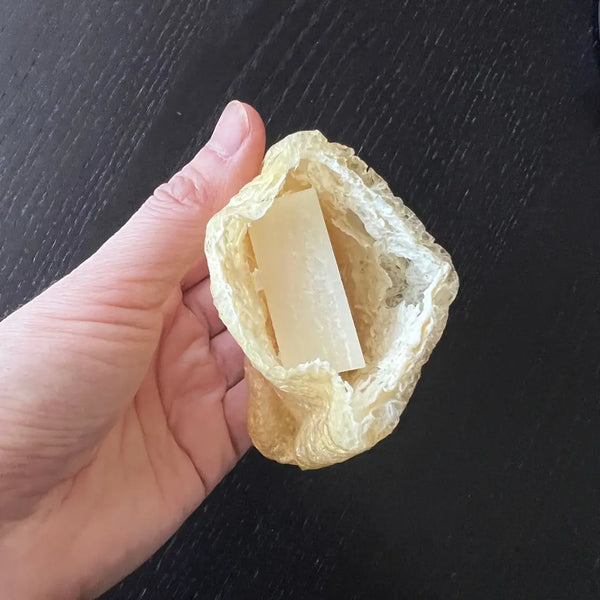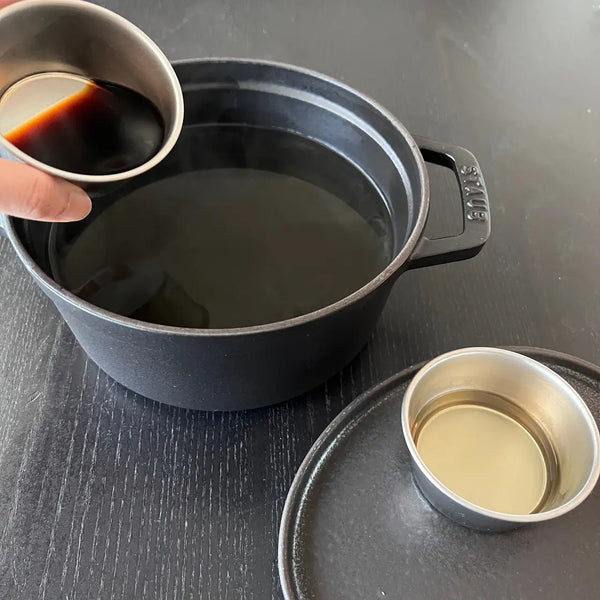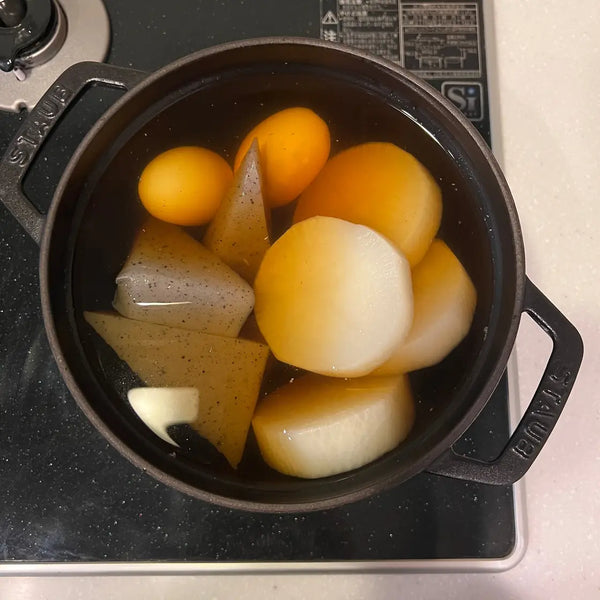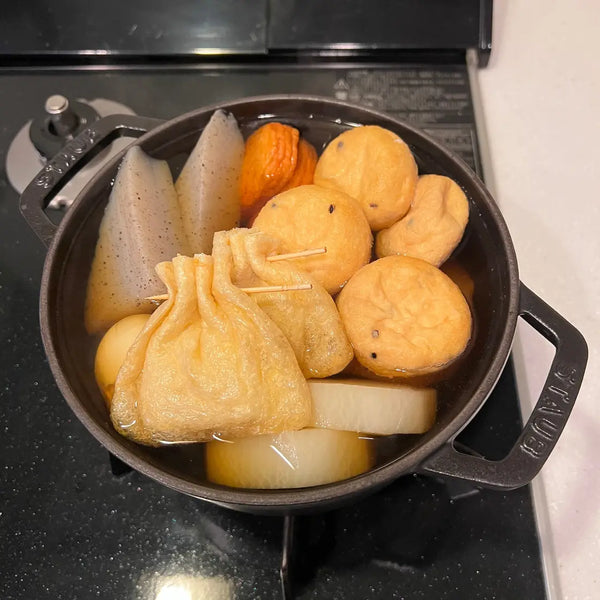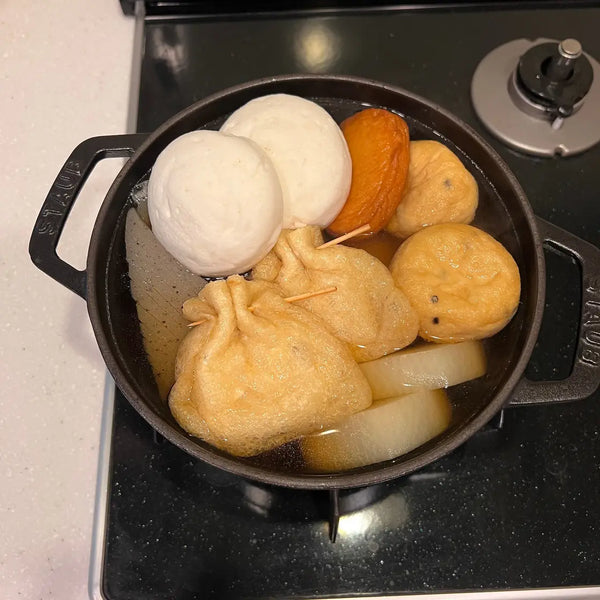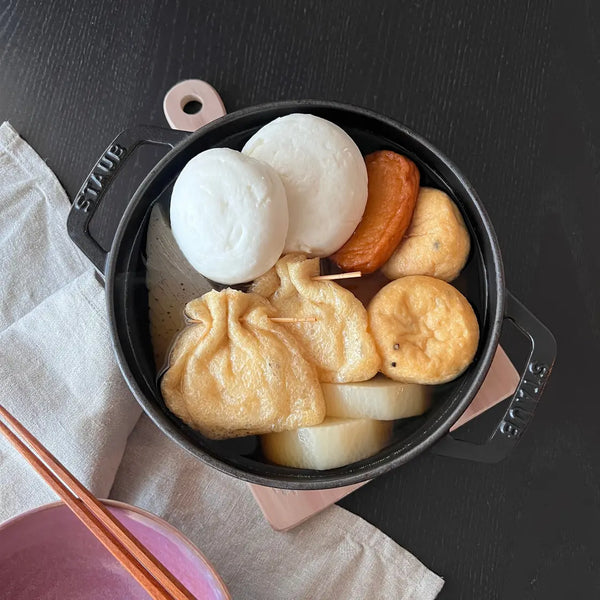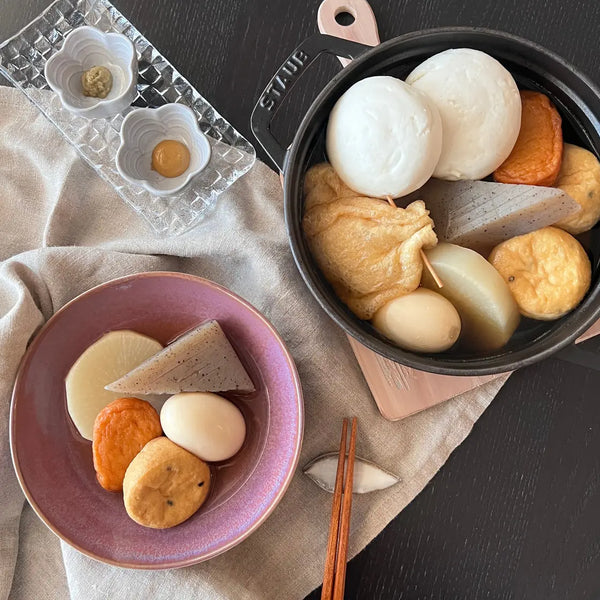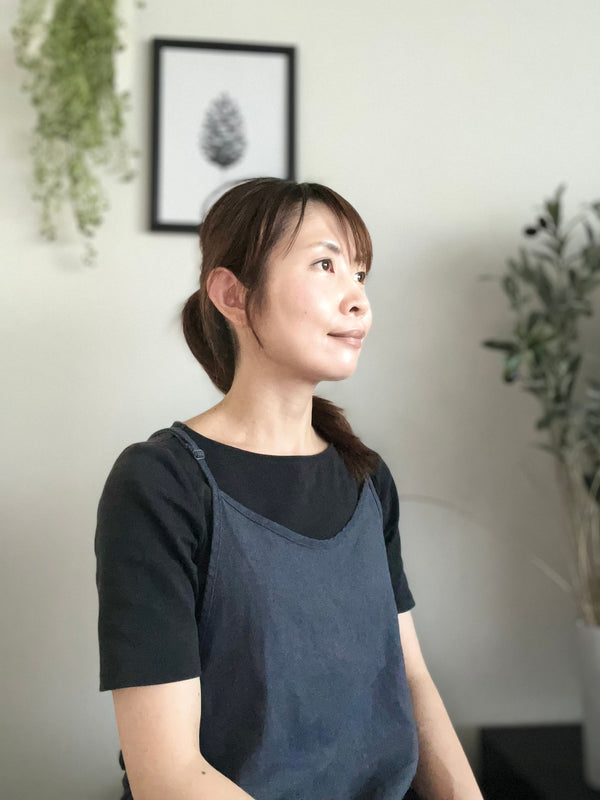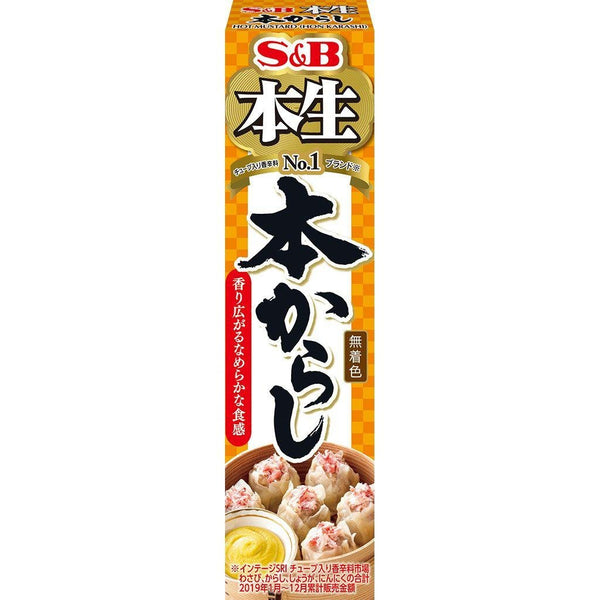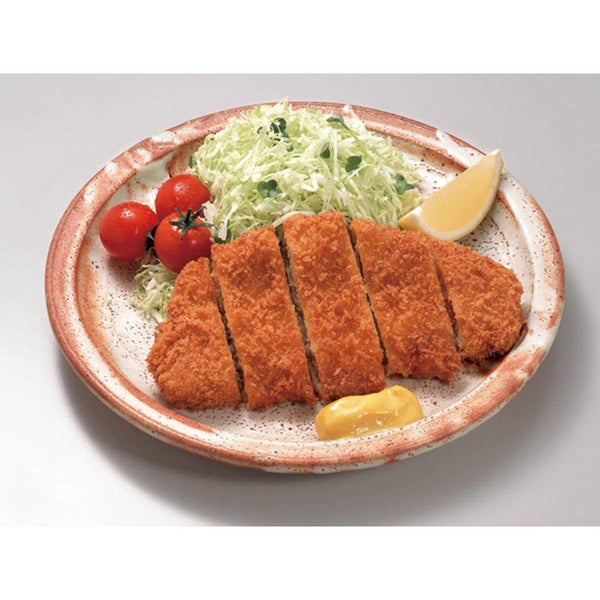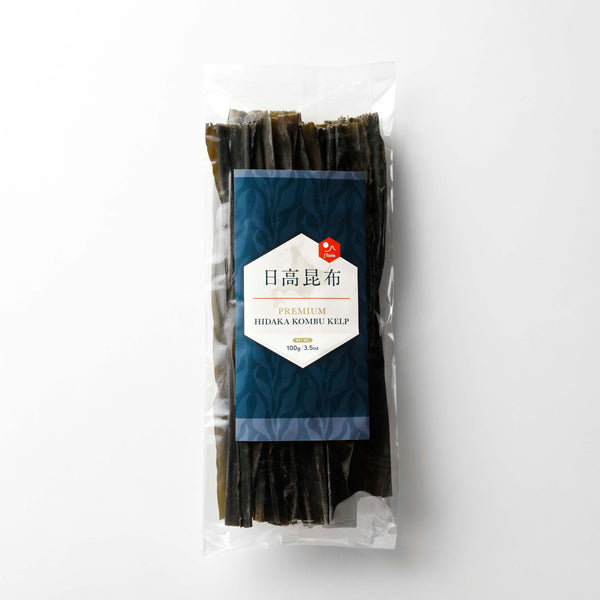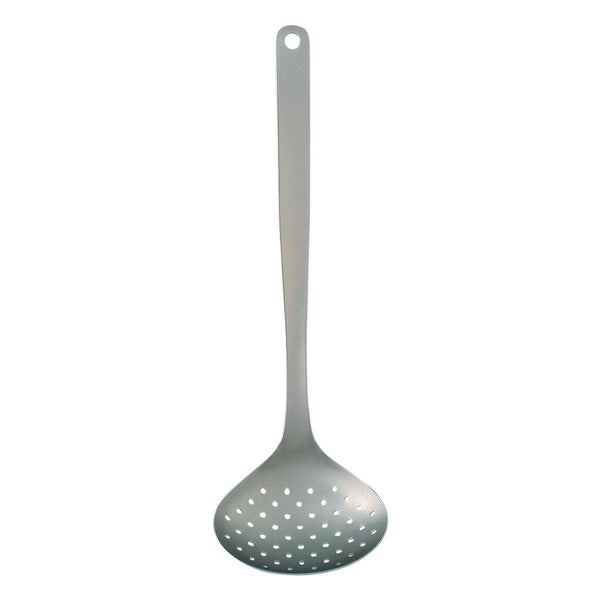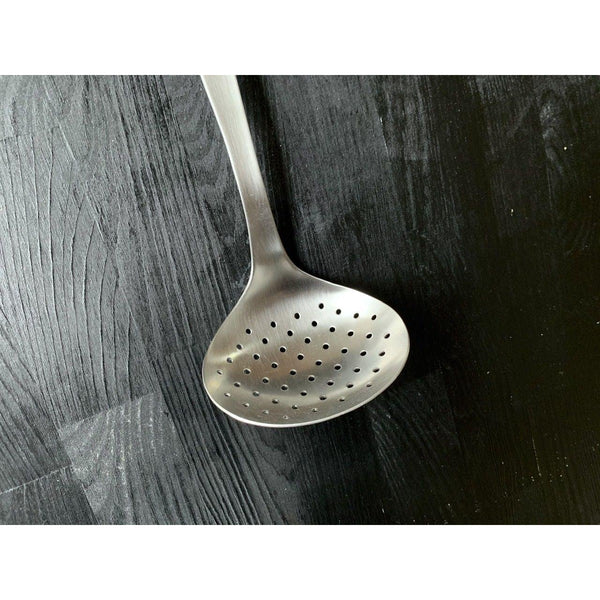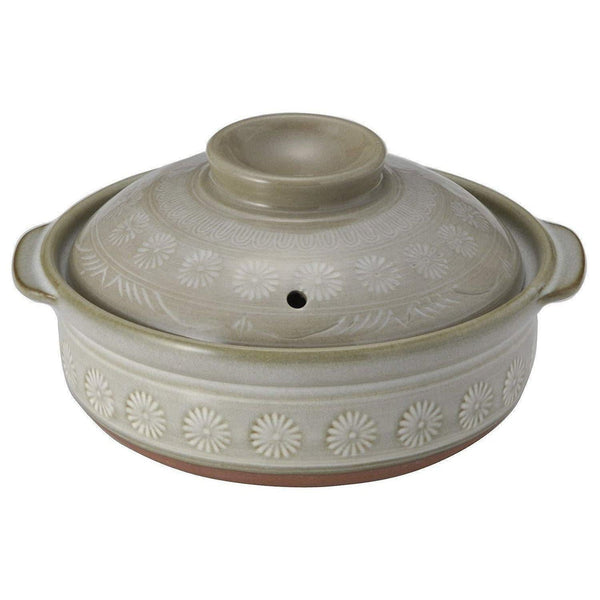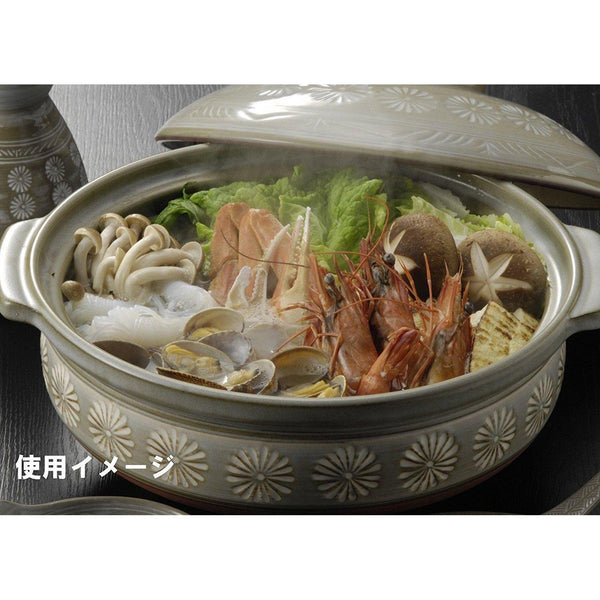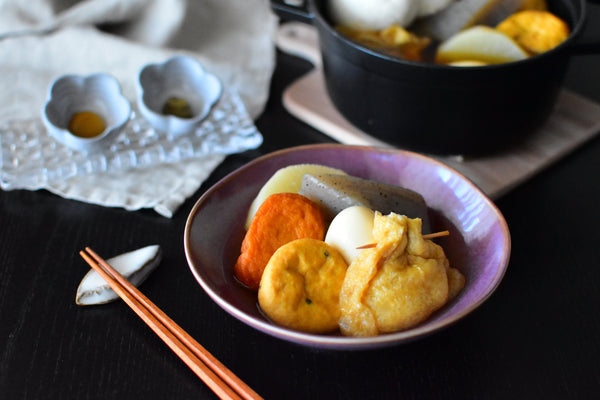
Here's another Japanese hot pot dish to keep you warm during chilly seasons – oden! This traditional winter comfort food is a beloved staple in Japan, known for its soothing warmth and rich, savory flavors. While oden may look simple at first glance, it requires a bit more preparation than expected. But don’t worry, this guide will walk you through making Japanese fish cake soup, or oden, at home.
The magic of oden lies in the combination of ingredients simmered in a flavorful dashi-based soup, which creates a delicate harmony in every bite. Each component absorbs the broth, giving a deep, comforting taste that makes Oden such a satisfying meal.
Oden is highly versatile and differs between regions and households. We've previously shared a Kyoto-style oden recipe, which highlights lighter flavors and traditional Kyoto ingredients. Today, we’ll focus on a more standard style of oden that you might find in convenience stores or local homes across Japan.
Common ingredients include daikon, boiled eggs, and various fish cakes, but many households like to get creative. Some add sausage, cabbage rolls, beef tendon, octopus, or mochi kinchaku (rice cake wrapped in deep-fried tofu), turning the dish into an assorted oden feast. This adaptability is part of what makes oden so charming and fun to make.
Here are some practical tips for first-time oden makers:
- Use a variety of ingredients – Combining traditional items like oden fish cake, daikon, and konnyaku with your favorite additions like seafood or sausages enriches the flavor.
- Score daikon and konnyaku or konjac lightly – This allows them to absorb the broth better, giving each bite a burst of umami.
- Add ingredients in the right order – Start with items that need more time to soak up the soup, such as daikon, konnyaku, and boiled eggs. Boiled oden ingredients like eggs benefit from longer simmering, while delicate items like Hanpen should be added toward the end to maintain their soft, fluffy texture.
- Maintain a low simmer – Cooking oden at low heat prevents the broth from boiling over and ensures that flavors develop slowly and evenly.
- Let it rest – For the best taste, allow your oden to cool and sit for several hours, or even overnight. This step allows the soup to penetrate each ingredient fully.
To elevate your oden nabe experience further, serve it with condiments such as karashi (hot mustard) or yuzu kosho (spicy and aromatic Japanese condiment made from fermented yuzu citrus zest, chili peppers, and salt) which provide a refreshing, spicy kick. For an authentic touch, enjoy your oden alongside steamed rice or a warm bowl of sake.
Making oden at home is not only a culinary adventure but also a way to connect with Japanese seasonal traditions. With a bit of preparation and creativity, you can enjoy a comforting bowl of Japanese fish cake soup, daikon oden, or an assorted oden spread anytime you crave a hearty, warming meal. This versatile dish proves that simple ingredients, when cooked with care, can create something truly special.
